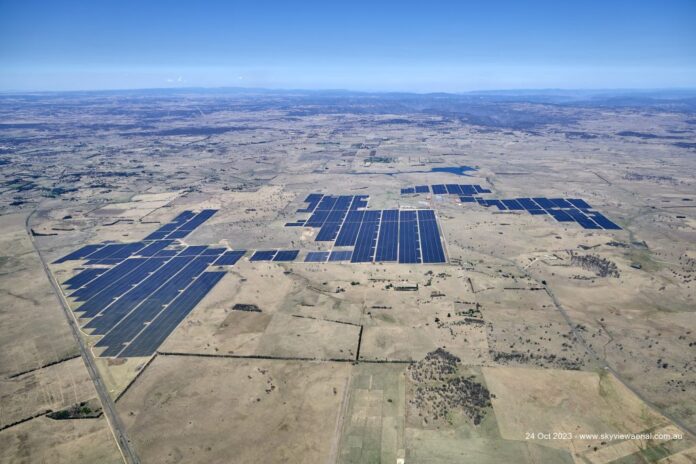ACEN Australia, a subsidiary of Philippine-listed energy firm ACEN Corp., has secured AUD750 million in debt financing, marking one of the largest green financing deals for renewables in the country to date. The transaction will support both the refinancing of operating assets and the development of new renewable energy projects across Australia.
The financing was underpinned by a consortium of top-tier Australian and international lenders, including ANZ, Commonwealth Bank of Australia, CTBC Bank (Singapore and Philippines branches), Cathay United Bank, Deutsche Bank (Sydney Branch), DBS Bank (Australia Branch), HSBC (Sydney Branch), MUFG Bank, Sumitomo Mitsui Banking Corp. (Sydney Branch), UOB, and Westpac.
David Pollington, managing director of ACEN Australia, said the deal “establishes a robust funding base” for the company’s growing portfolio of wind, solar, pumped hydro, and battery storage projects—representing more than 1,000 MW of capacity currently in operation or under construction.
“This financing demonstrates our ability to attract global financial partners and reflects the increasing appetite for quality renewable infrastructure investments in Australia,” he said.
Phillip Mak, ACEN Australia chief financial and investments officer, emphasized the company’s strategic independence in capital markets. “This transaction strengthens our funding platform, accelerates our project pipeline, and confirms our status as a capable and well-capitalized partner,” Mak said.
Macquarie Capital and Morgan Stanley acted as joint financial advisors, with legal counsel provided by Allens for ACEN and Herbert Smith Freehills for the lenders.
The financing aligns with ACEN Corp.’s broader growth strategy, which includes up to P70 billion in capital expenditures this year and a target to reach 20,000 MW of renewable energy capacity by 2030. The group also plans to become Net Zero by 2050, with a pipeline spanning the Philippines, Australia, India, Lao PDR, and beyond.







